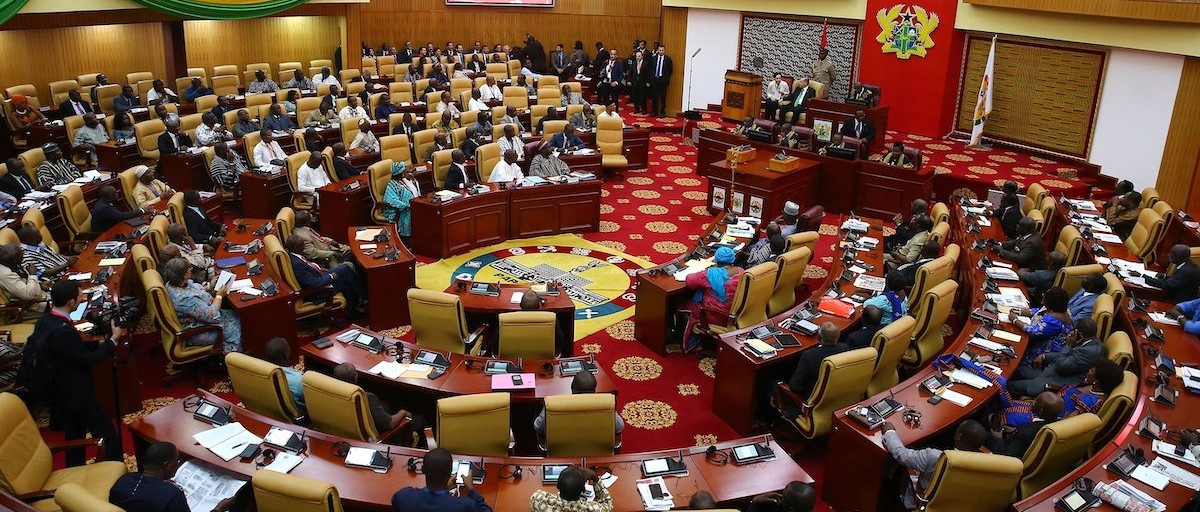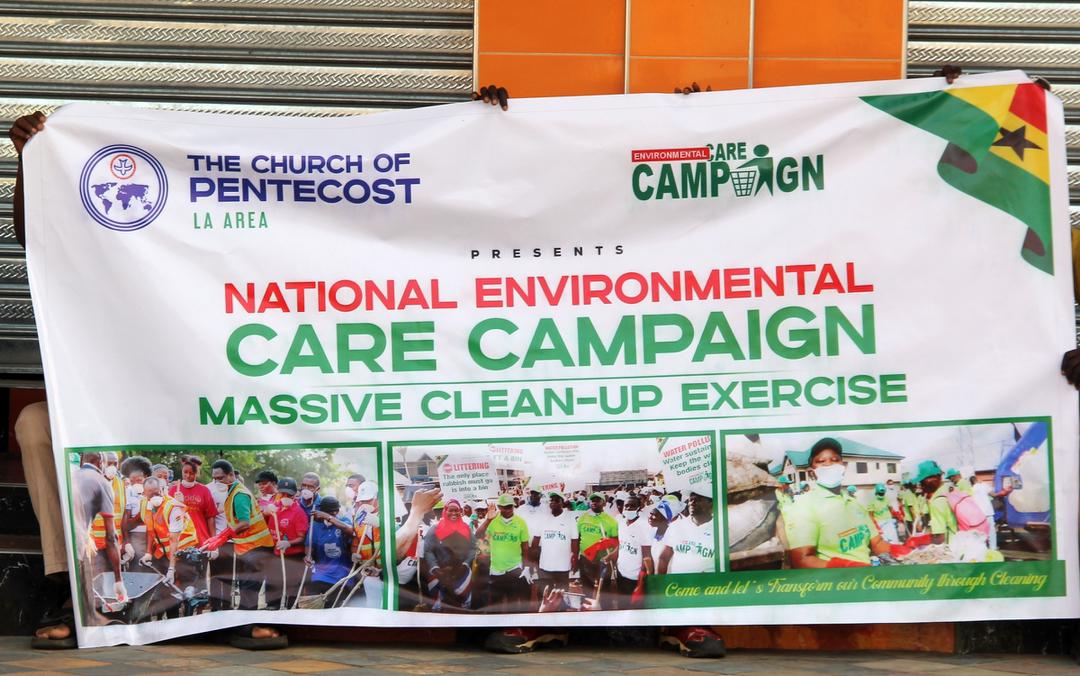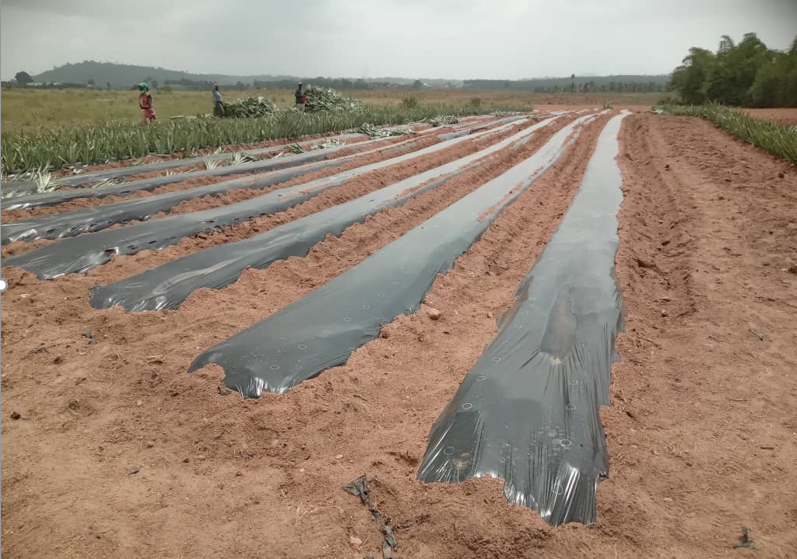
By Samuel ALESU-DORDZI
Plastics are considered as one of the principal sources of both land-based and marine pollution. On land, plastics are non-degradable.
Their footprints are longstanding and enduring. In the oceans and water bodies, plastics and their variants (i.e., microplastics and nano-plastics) have been linked to the poisoning and suffocation of fish and other sea mammals, the acidification of the oceans, and the destruction of the marine environment. Because of their lightweight, plastics are easily carried over to other jurisdictions (i.e., their transboundary impact).
Considering the well-documented impact of plastics, the minimum expectation is that the recent Environmental Protection Act, 2025 (Act 1124), would have isolated plastics—just as it has done in the case of pesticides, electronic and electrical wastes and other hazardous wastes—and taken a strong stance on their use.
But it does not.
Before delving further, a brief comment on the Act. The current Environmental Protection Authority Act, 2025 (Act 1124), is largely a fusion of two primary pieces of legislation: the Environmental Protection Agency Act, 1994 (Act 490), and the Hazardous and Electronic Waste Control and Management Act, 2016 (Act 917).
As a consequence of this fusion, the legislation does not radically change the environmental regulatory landscape as one would have wished.
One of the areas where the legislation falls patently short is in plastic regulation. Despite the prominence and well-documented nature of plastics as a major source of pollution both on land and at sea, one would have thought that this key environmental legislation would provide much clarity regarding how the government intends to deal with the issue of plastics. For one thing, it does not specifically mention the word “plastics” within its provisions, nor does it set out its approach to dealing with plastic pollution in clear terms.
The provisions on plastics are rather veiled and “hidden” in the phrase: “hazardous waste and other wastes.” It only takes a close reading to discover that plastics are covered under the umbrella term “other wastes.” Section 44 defines “other waste” to mean “waste collected from households or residue arising from the incineration of household waste and classified under the Sixth Schedule as categories of waste “requiring special consideration.” Some of the plastics falling under the umbrella term “other waste” include:
(a) Polyethylene (PE) (used in plastic bags and bottles); (b) Polypropylene (PP) (found in food containers and car parts); (c) Polystyrene (PS) (used in foam cups and packaging); (d) Acrylonitrile Butadiene Styrene (ABS) (used in toys and electronics); (e) Polyethylene Terephthalate (PET) (used in water and soda bottles); (f) Polycarbonates (PC) (used in eyeglasses and strong plastic containers); and (g) Polyethers (used in coatings and foams).
Coming under Part C of the Sixth Schedule, the Act notes that the above-mentioned variants of plastics require “special consideration.” It is not particularly clear what is meant by these variants of plastics requiring “special consideration.”
That said, one can contrast the phrase “categories of waste requiring special consideration” [as stated in Part C of the Sixth Schedule] with “categories of waste to be controlled” [as stated in Part A of the Sixth Schedule].
The conclusion that may be drawn from these provisions is that the law is concerned with the disposal of these wastes yet it does not take a strong stance such as the ban on single-use plastics. And this naturally bring up the question: “Who is responsible for the final disposal of plastics?”
The answer to this question is not particularly clear—though there is an indication within the Act. The first option for disposal seems to revolve around the concept of the circular economy.
The Act defines the circular economy to include industrial processes and economic activities that: (a) are restorative or regenerative by design; (b) enable resources used in industrial processes and economic activities to maintain the highest value for as long as possible; and (c) eliminate waste through superior design of materials, products, and systems, including business models.
The circular economy, therefore, prevents plastics from falling into waste at an early stage, and the effect of this is the reduction of waste and pollution.
The other approach for assigning responsibility for dealing with plastics is the concept of “extended producer responsibility.” The Act defines this concept to mean that “the producer is liable for the entire lifecycle of the products the producer introduces on the market, from the design of the product to the end of the lifecycle of the product, up to the waste collection and recycling of the waste.”
In straightforward terms, the introduction of the “extended producer responsibility” means that producers and generators of plastics bear the full cost of dealing with the waste they generate.
The problem with the circular economy and the “extended producer responsibility” concept is that it is unclear in what context they were meant to be applied within the Act. The relevant provision simply provides that the Authority shall promote “the adoption of new environmentally sound technologies including… extended producer responsibility and circular economy.” The Act does not go further to provide details regarding how, including timeframes, this is to be implemented and executed.
Short of a complete ban on single use plastics, one would have expected an indication of a phasing out period in the case of single use plastics – even if that is a decade or over. But that is not the case. Considering that a phasing out period is adopted under Section 120 for polychlorinated biphenyls, there is no reason why a similar approach cannot be adopted in the case of single use plastic.A
In conclusion, it has to be said that on the question of single use plastic and plastic generally, not much has changed. The focus seems to be on managing them rather than going for either a complete and immediate ban or for a phased-out period. For all the weakness and challenges pointed out, the Extended Producer Responsibility – if properly clarified, and situated – has the potential to serve as a competent market-based tool to compel companies producing and generating plastics to adopt innovative means to reducing the rate and extent of plastic pollution.
Samuel is a Partner AudreyGrey Law
Email: [email protected]
0558166311 / 0302913998
AudreyGrey Law is a boutique legal, tax, and professional services firm offering corporate law, tax advisory, compliance, company secretarial, regulatory compliance, and strategic advisory services to local and international corporations entering Ghana. The firm is dedicated to providing specialist services and 360 support to our clients, enabling clients to focus on their core business. Our expertise spans corporate and commercial law, taxation, labour, maritime and environmental law, immigration, compliance, and insolvency law, as well as related accounting and finance functions.

The post Regulating plastics and plastics use: How well does the Environmental Protection Authority Act measure up? appeared first on The Business & Financial Times.
Read Full Story






















Facebook
Twitter
Pinterest
Instagram
Google+
YouTube
LinkedIn
RSS